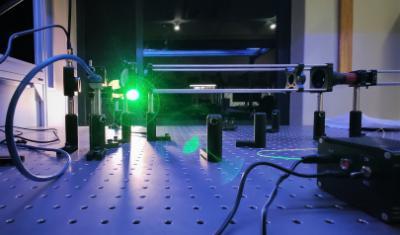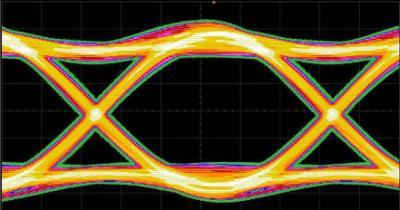At the Wits OC Lab we primarily perform research in three main areas: long-range free-space (wireless) optical communication, visible light communication (commonly known as VLC or LiFi) and coding and information theory. The first two areas are predominantly of an experimental nature, which we often complement with the third area. We are also interested in machine learning and its applications in optics and communications.
Facilities
The lab is a part of the Wits School of Electrical and Information Engineering and thus enjoys world-class facilities that one might expect to be found in an electrical / electronic engineering department. More specifically, we have a dedicated free-space optics lab which is equipped with Spatial Light Modulators (with which we do most of our experimental work), USRPs, FPGAs and other high-end communications equipment. The lab has a permanent, three hundred meter free-space link and line-of-sight for future kilometre-range links.
Current Research Projects
Long range wireless optical communications
How far and how fast can we communicate through the atmosphere with lasers - something like fibre without the fibre? Can we structure the laser beams to improve the capacity of a link (using space division or mode division multiplexing) or perhaps improve the range (using modal diversity)? Can we design more optimal error correction coding and digital signal processing schemes, tailored for these channels?
Bridging the digital divide
In this project we are developing on a low-cost, 3D printed wireless optical communication system using off-the-shelf components as far as possible which could be used to help bridge the digital divide. This is also a convenient hardware platform to test out novel error correction coding schemes which we are developing.
Hybrid radio-powerline-optical communications
We are investigating optical (visible light) and coding techniques for combined radio, powerline and optical communications systems.
Using machine learning to model and predict the effects of atmospheric turbulence on lasers
Wireless optical communication channels can be harsh and evolve on relatively slow time scales. To achieve long range wireless optical communications, we are using machine learning to model, predict and potentially correct the "random" channel behaviour.
Publications
Please feel free to visit our individual ResearchGate or Google Scholar pages (accessible via the "Team" page) for up to date research publications.
For your convenience we also have an embedded view of selected publications below:





